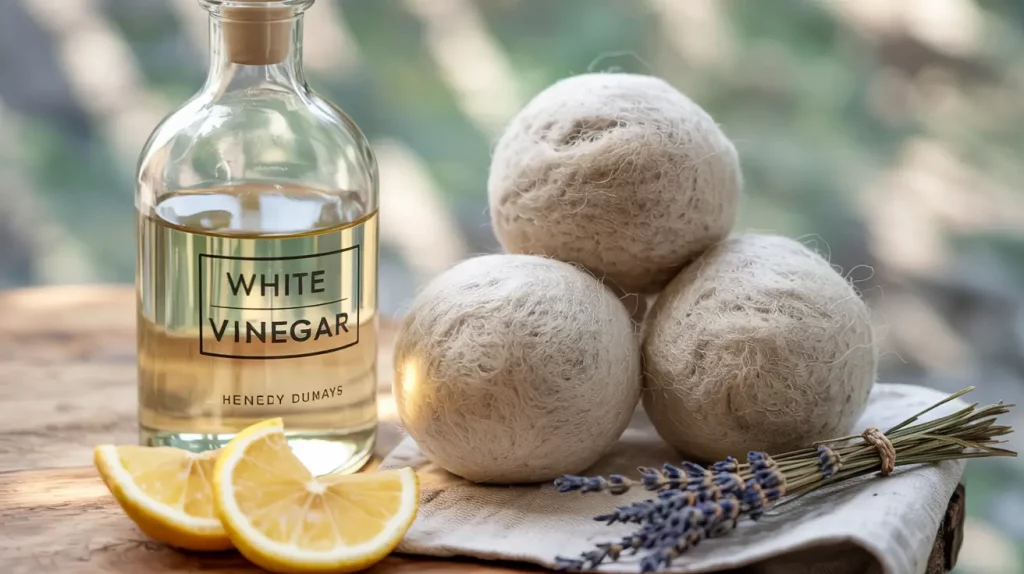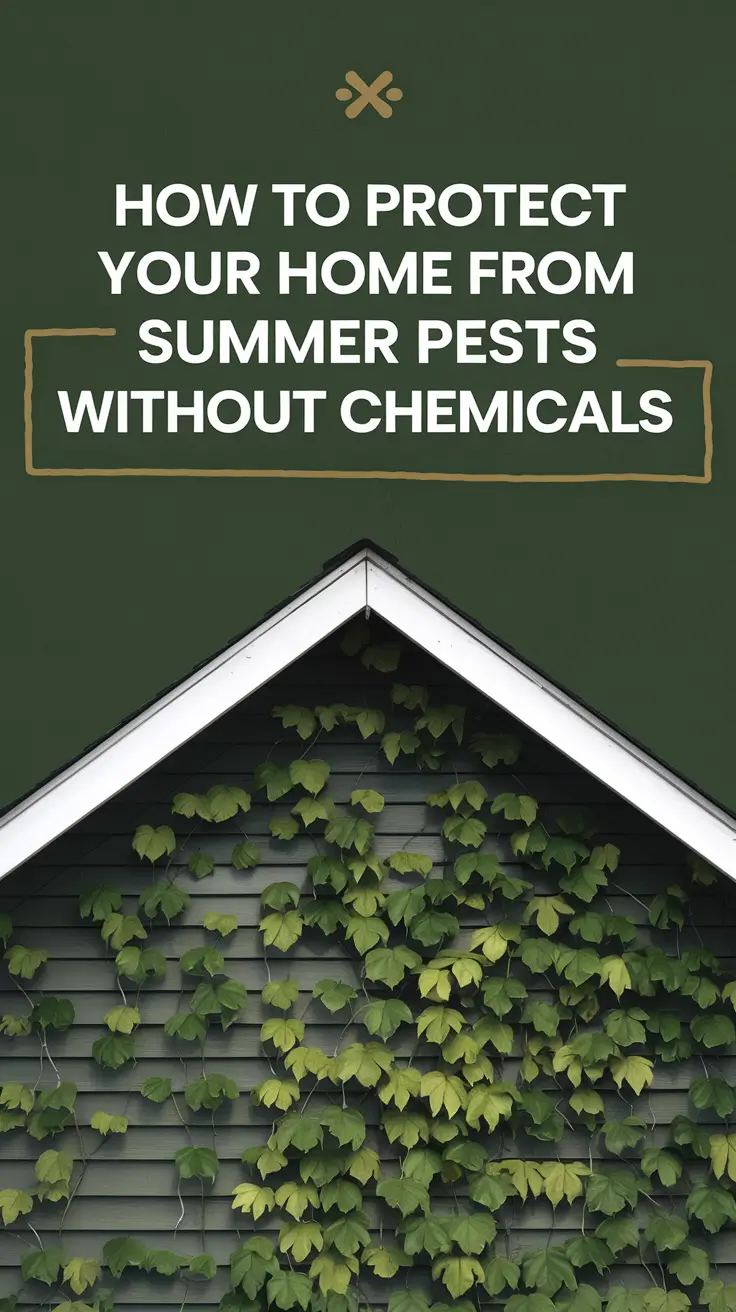How to Create a Chemical-Free Laundry Routine
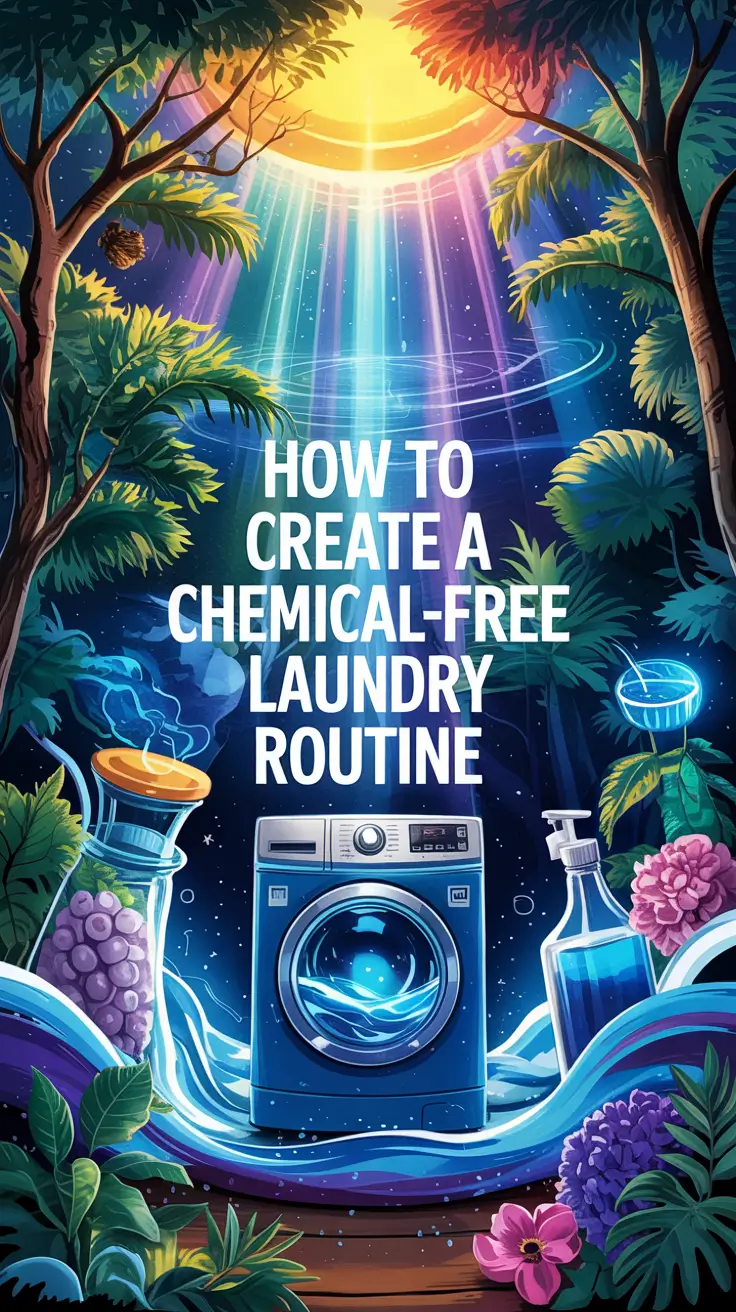
Did you know that many popular laundry detergents still contain carcinogens and hormone disruptors in 2025? The use of chemical-loaded laundry products during washing exposes us to rough residues which simultaneously creates water contamination. It’s not just about cleanliness—it’s about long-term health and sustainability.
This article will walk you through how to build a chemical-free laundry routine step by step. The article explains that natural cleaners prove safer than conventional detergents while delivering better performance in laundry applications. The guide provides detailed explanations about which ingredients to shun and demonstrates the best eco-friendly products as well as presents practical steps for immediate adoption.
Who should read this?
The guide serves anyone who wants to eliminate toxins from their daily routine or has sensitive skin or children at home or cares about the environment.
Why You Should Ditch Chemicals in Your Laundry
The typical laundry detergent blends together multiple ingredients which sound more suitable for scientific laboratories than cleaning solutions. The combination of sulfates with optical brighteners and artificial fragrances and preservatives in laundry products provides fresh scents but creates unknown health risks.
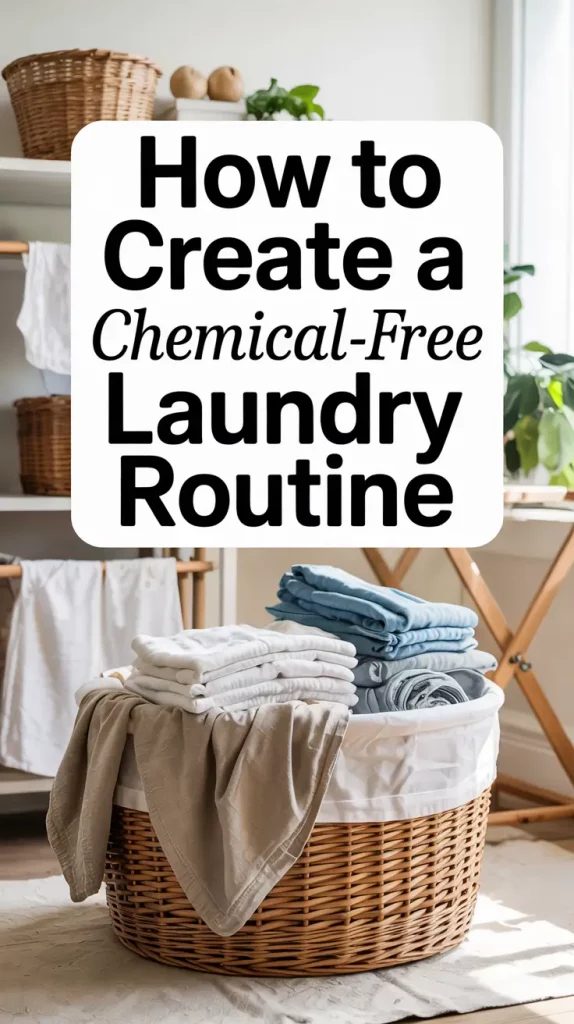
Health Risks of Traditional Detergents
- Skin irritation and eczema
- Respiratory issues due to lingering volatile compounds
- Hormonal imbalances from endocrine disruptors like phthalates
Environmental Impact
During each rinse cycle numerous chemicals enter water systems which damage aquatic life while creating more microplastics in the environment. Eco-conscious consumers have become increasingly aware about the invisible environmental damage in 2025.
Have you ever checked the ingredient list on your detergent? Chances are, most of them are unregulated or vaguely labeled under terms like “fragrance” or “surfactants.”
What Does a Chemical-Free Laundry Routine Look Like?
A clear definition of chemical-free exists here. The effectiveness remains unchanged despite this change. A genuine natural laundry approach consists of three main elements:
Key Principles
- No synthetic fragrances, dyes, or preservatives
- Use of plant-based or mineral ingredients
- Compostable or recyclable packaging
- Skin-safe, hypoallergenic formulas
What to Look For on Labels
- Third-party certifications (ECOCERT, EWG Verified, USDA Organic)
- Ingredient transparency
- Non-toxic ratings on platforms like Think Dirty or EWG
Have you tried switching to a natural detergent before? If not, what’s holding you back?
How to Switch to Chemical-Free Laundry Step-by-Step
Creating an environmentally friendly laundry process does not need a complete immediate transformation. The following guide explains how to make a seamless switch.
Step 1: Audit Your Current Products
- Read the label: Flag any unknown chemicals or “fragrance”
- Use online tools to evaluate toxicity (e.g., EWG, Think Dirty)
- Note how your clothes and skin feel after use
Checklist: Harmful Ingredients to Avoid
- Sodium lauryl sulfate (SLS)
- Optical brighteners
- Formaldehyde releasers
- Nonylphenol ethoxylates (NPEs)
- Artificial dyes and perfumes
Step 2: Try Natural Detergent Alternatives
You have the option to use ready-made alternatives rather than DIY everything. The market offers multiple safe alternatives for purchase.
- Soap nuts – reusable, biodegradable, cost-effective
- Baking soda – natural deodorizer and softener
- Castile soap – gentle, concentrated, multipurpose
- Eco-pods – plant-based, pre-measured, low waste
Step 3: Replace Softeners and Dryer Sheets
Among all laundry products fabric softeners and dryer sheets prove to be the most toxic.
- Use white vinegar as a rinse aid
- Add wool dryer balls for softness and static reduction
- Scent naturally with essential oils like lavender or lemon
Bonus Tip: Add a splash of lemon juice to whiten whites naturally.
Best Natural Laundry Products in 2025
Our team conducted research and testing of various non-toxic laundry brands that are available on the market. Here’s what made the cut.
1. Soap Nuts
- 100% natural from the Sapindus tree
- Can be reused up to 6 times
- Compostable after use
2. Meliora Laundry Powder
- Plastic-free packaging
- Made from coconut soap and baking soda
- Fragrance-free or scented with essential oils
3. ECOS Hypoallergenic Detergent
- Safer Choice certified
- Readily biodegradable
- Compatible with HE machines
4. Dropps Eco Pods
- Pre-measured and mess-free
- Delivered in recyclable cardboard
- No dyes, enzymes, or phosphates
5. DIY Blend: Washing Soda + Borax + Castile Soap
- Customizable for sensitive skin
- Budget-friendly
- Store in glass jars for zero-waste bonus
Poll: Which product would you most like to try?
Myths About Natural Laundry — Busted
The following section addresses typical concerns people have regarding non-toxic household routines.
Myth 1: It’s more expensive
The cost per load for soap nuts and baking soda turns out to be lower than many people expect.
Myth 2: It doesn’t clean as well
The cleaning performance of enzyme-based natural detergents matches traditional detergents when tested in laboratories.
Myth 3: It takes more time
The market offers numerous green products which come ready to use and can be subscribed to through services.
Myth 4: Whites won’t stay bright
The combination of lemon juice with hydrogen peroxide and sunlight exposure works better than bleach to remove stains.
Be honest—what stopped you from switching before?
Comparison Table: Traditional vs. Natural Laundry Products
| Feature | Traditional Detergents | Natural Alternatives |
|---|---|---|
| Cost per load | $0.35–$0.50 | $0.10–$0.45 |
| Skin Safety | ❌ Irritating | ✅ Hypoallergenic |
| Biodegradable Formula | ❌ No | ✅ Yes |
| Packaging | Plastic | Cardboard/Glass/Compostable |
| Pet & Baby Safe | ❌ Risky | ✅ Safe |
Industry Trends: Eco-Laundry Goes Mainstream
Consumers in 2025 are demanding sustainability. The following list presents current developments in eco-laundry:
- Refill Stations: Brands now offer in-store or mail-back refills to cut down plastic waste.
- Waterless Detergents: Ultra-concentrated formulas that save water and energy.
- Certifications Boom: Products with third-party seals see 40% higher sales.
- Smart Washers: Machines that optimize eco-cycles and detergent use.
Would you switch brands for a zero-waste detergent dispenser?
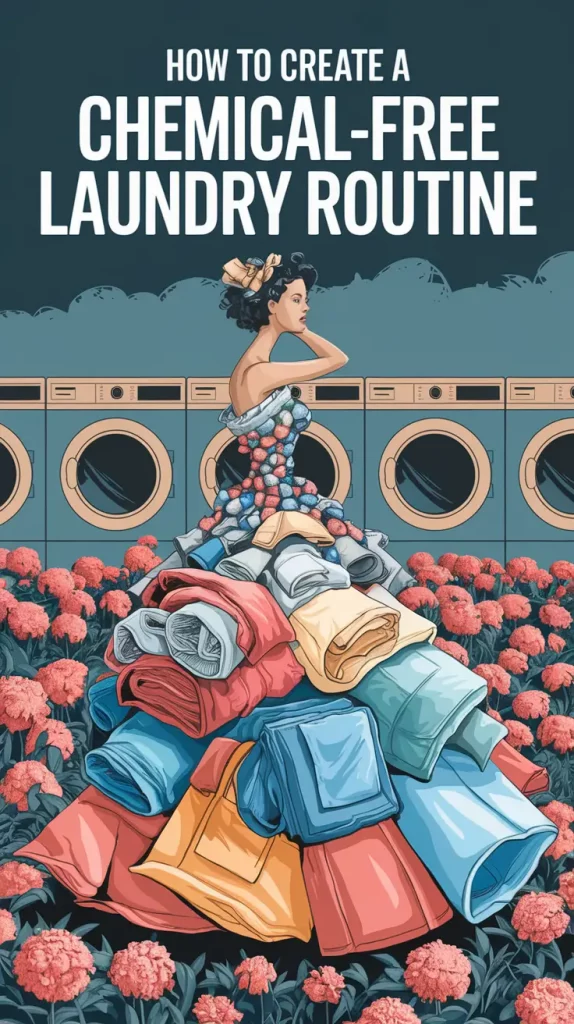
Final Thoughts: Start Your Clean Laundry Journey Today
In summary:
- Ditch synthetic chemicals—they harm you and the planet
- Read labels and avoid greenwashing traps
- Try affordable, effective natural alternatives
- Remember: small changes make a big impact
- Your skin (and Earth) will thank you
💬 Have you tried any of these natural laundry swaps? Share your experience below!
🔗 Share this article: [Facebook] [X] [Telegram]

